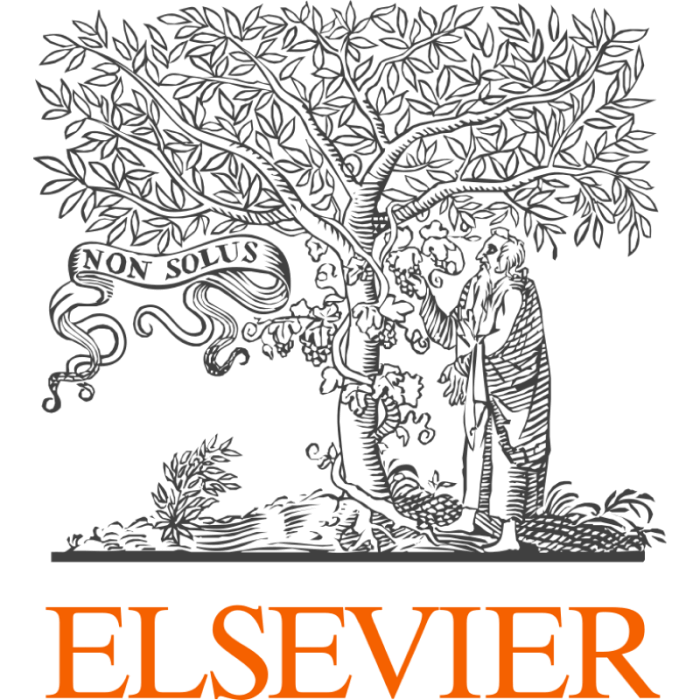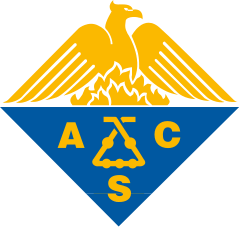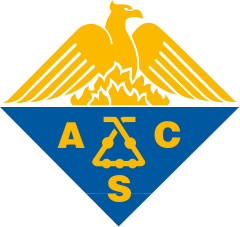Coordination Chemistry Reviews, volume 471, pages 214732
Fast and sensitive recognition of enantiomers by electrochemical chiral analysis: Recent advances and future perspectives
Jie Zou
1
,
Guoqing Zhao
1
,
Guo-Ling Zhao
2
,
Jin-Gang Yu
1
2
China Tobacco Hunan Industrial Corporation, Changsha, Hunan 410007, China
|
Publication type: Journal Article
Publication date: 2022-11-01
Journal:
Coordination Chemistry Reviews
scimago Q1
wos Q1
SJR: 4.145
CiteScore: 34.3
Impact factor: 20.3
ISSN: 00108545, 18733840
Materials Chemistry
Inorganic Chemistry
Physical and Theoretical Chemistry
Abstract
• The basic principle of rational design of electrochemical chiral sensor for sensing is summarized. • Preparation of doped electrodes and their recognition performance for chiral enantiomers are summarized. • Construction of modified electrodes and their recognition performances are discussed. • The challenges and scientific prospects of new generation of modifiers in electrochemical chiral sensing are proposed. Chiral recognition, especially rendering specificity in biomolecular recognition, is a basic property of many biomolecules. Being closely related to the chirality of biomolecules, it has been regarded as one of the most important areas in biological and medical sciences due to the different effects in biological systems. Based on the possible interactions between chiral selectors and the enantiomers, various methods including chromatographic techniques such as gas or liquid chromatography, electromigration techniques such as capillary electrophoresis and so on were developed for the chiral separation and recognition of different optical isomers. Recently, chemical sensors and biosensors have been gradually designed and developed for the analysis of chiral compounds. Based on the difference in electrical response to different isomers, chiral identifications can be successfully implemented. Major successes in enantiomer recognition based on electrochemical analysis are reviewed. The research data available for highly enantio -selective recognition are categorized into several subgroups according to specific topics and critically discussed for the period since 1994, and the latest techniques for electrochemical chiral recognition of enantiomers were also reviewed. Simultaneously, a brief conclusive summary and future perspectives are presented, and the challenges and scientific prospects of the newest generation of electrode modifiers in electrochemical sensing are also proposed.
Nothing found, try to update filter.
Are you a researcher?
Create a profile to get free access to personal recommendations for colleagues and new articles.













